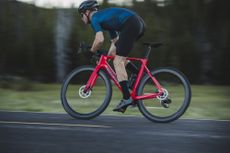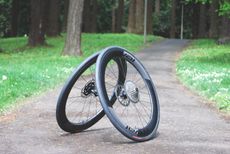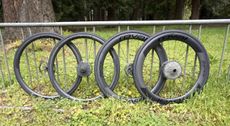Roval Rapide CL II wheelset first ride review
A first look at this more serviceable, more wallet-friendly racing wheelset
- (opens in new tab)
- (opens in new tab)
- (opens in new tab)
- Sign up to our newsletter Newsletter
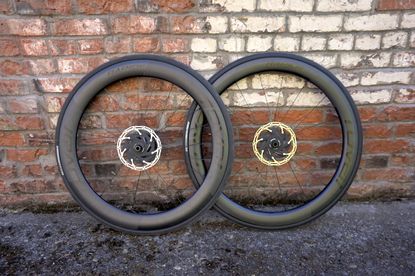

Specialized’s sister brand, Roval introduced the all-new, undeniably fast Roval Rapide CLX II wheelset back in May. At the time, we did a deep dive into the new technology and, more notably, Roval’s change of heart when it comes to tubeless technology.
Featuring a new carbon layup and hooked, tubeless compatible rims, the second generation Rapide CLX wheels were unveiled to the public in the spring, after already making covert appearances at WorldTour races like Paris-Roubaix. The CLX II wheels gained a little bit of weight in the process of becoming tubeless-compatible and more durable, but with added benefits of a tubeless system, the wheels are even faster than before — with Tour de France stage wins and a Grand Tour victory already on their palmares.
Available from today, the Roval Rapide CL II wheelset is a beneficiary of trickle down technology. It uses the same exact rims as its CLX II sibling but is built with the trusty DT Swiss 350 hub and DT Swiss Competition Race Straight Pull spokes.
With the CL II wheelset, you lose the ceramic bearings and the Aerolite spokes but instead, you do gain serviceability and a significantly lighter price tag.
At a weight penalty of just 70 grams, WorldTour level speed is now obtainable for $1750 / £1500 per wheelset — a significant $1,050 / £1000 less than the Roval Rapide CLX II wheelset.
Let’s have a closer look:
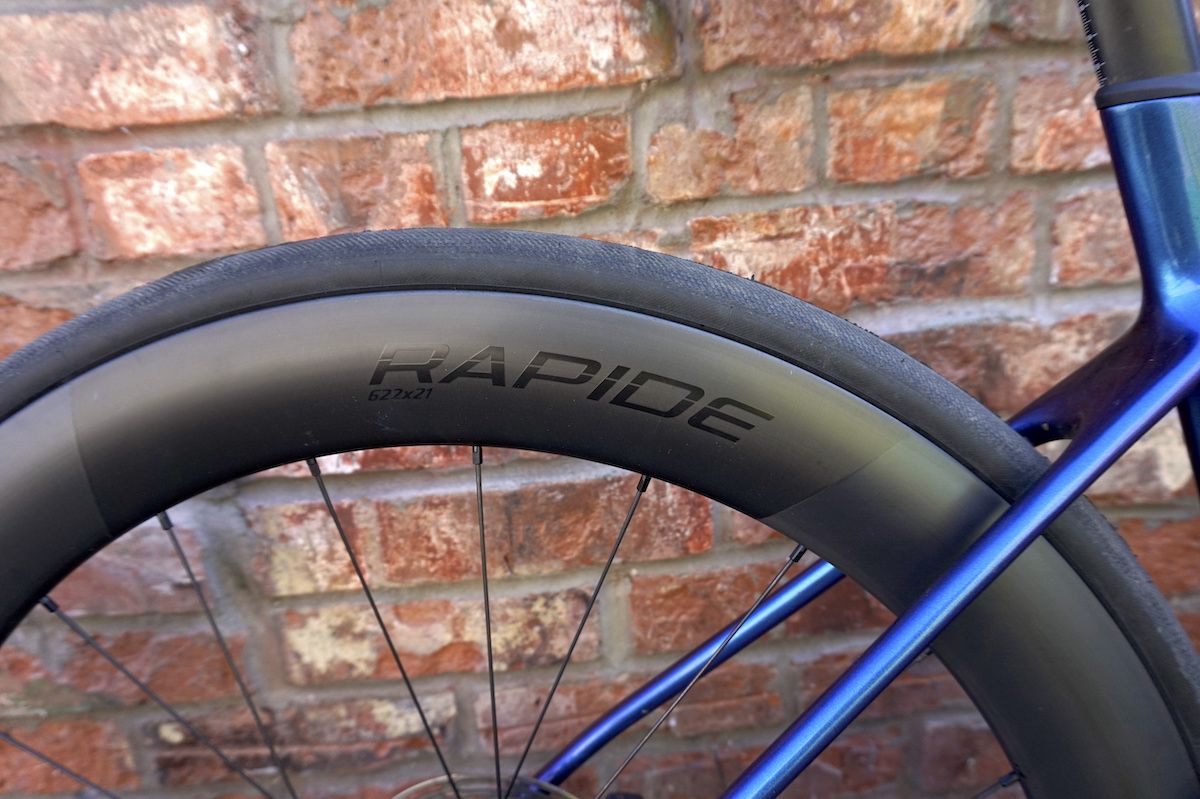
The rims:
As mentioned, the Roval Rapide CLX II and CL II wheelsets make use of the same rim, the “Rapide CLX Carbon Clincher Tubeless” rims.
As with the first generation Rapides, the wheelset consists of two different rims: a 51mm-deep front rim with a 35mm external width, and a narrower but deeper rim in the back that’s 60mm deep and 30mm external width.
The rim shape was optimized for the unique aero challenges of its position on the bike and rider stability. Combined, the wheels are said to be faster than most 65mm-deep wheels on the market while also being 25% more stable than the Roval CLX50 in windy conditions.
The rim shape remains unchanged between the models and generations, and it’s only in the carbon layup, the tubeless compatibility, spokes and hubs where any change can be detected. For the engineers, the challenge lay in the unseen. They were given the daunting task of producing a tubeless wheelset that stayed true to Rapide’s race-winning shape, weight and aerodynamic performance while also making them tubeless and sturdy enough to stay structurally sound in case of impact. Twenty-one months in the making, the resulting rim is the strongest Roval has ever made at the lightest possible weight.
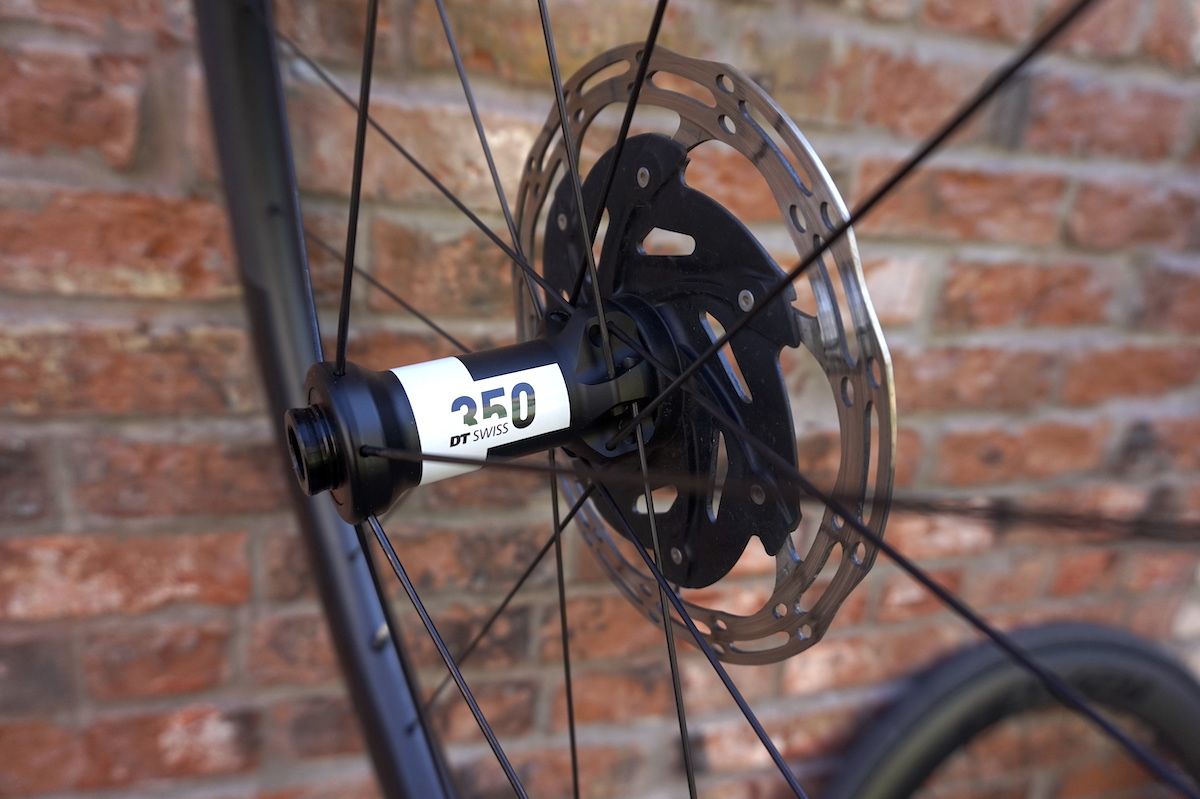
The CL II uses the DT Swiss 350 hub instead of Roval's Aeroflange hub
Tubeless-Ready:
Late to the game, but all second generation Roval Rapide and Roval Alpinist wheelsets are now available with the lower rolling resistance, better grip and flat protection benefits of a tubeless system.
Hooked Rims:
Roval opted for a hooked rim instead of a hookless system to ensure secure bead retention and tire compatibility with most brands on the market. It also allows for higher inflation than hookless rims — up to 110psi, if that’s your thing.
With an internal width of 21mm, the rims can fit tires between 24 and 38mm. Roval even promises an easier at-home set-up and roadside dismounting experience than ever before. The shifting of the outer rim diameter dimensions is said to create an extra 1.4mm of bead slack in the tire for fewer tire struggles.
All-terrain:
Compatible with tires up to 38mm, these wheels are ready to get rowdy, be it on the cobbles of the Paris-Roubaix or grinding gravel.
Money-savings in the hub and spokes:
The CL II uses the DT Swiss 350 hub instead of Roval's Aeroflange hub with DT Swiss’ EXP externals and sinc ceramic bearings.
Durable and low-maintenance, the DT Swiss 350 is a beloved workhorse and a common choice across disciplines.
And instead of the Aerolite spoke —which is the lightest and most aerodynamic spoke DT Swiss makes— the CL II wheelset uses the non-bladed DT Swiss Competition Race Straightpull.
The CLX II and CL II Side By Side:
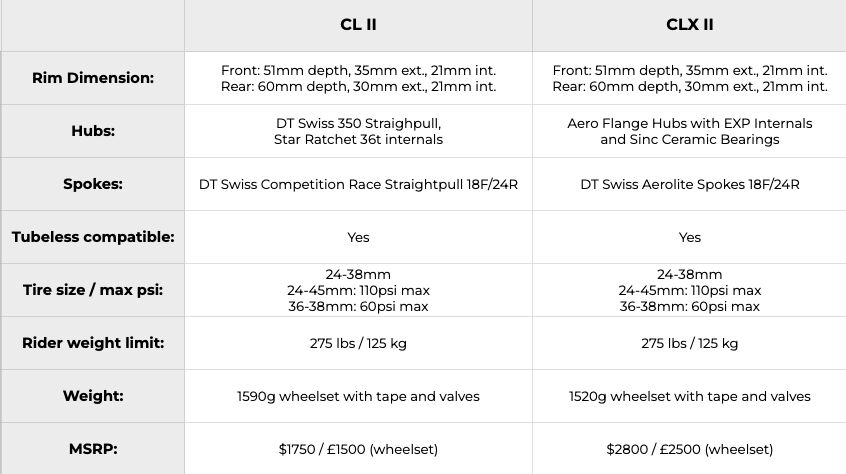
First Ride
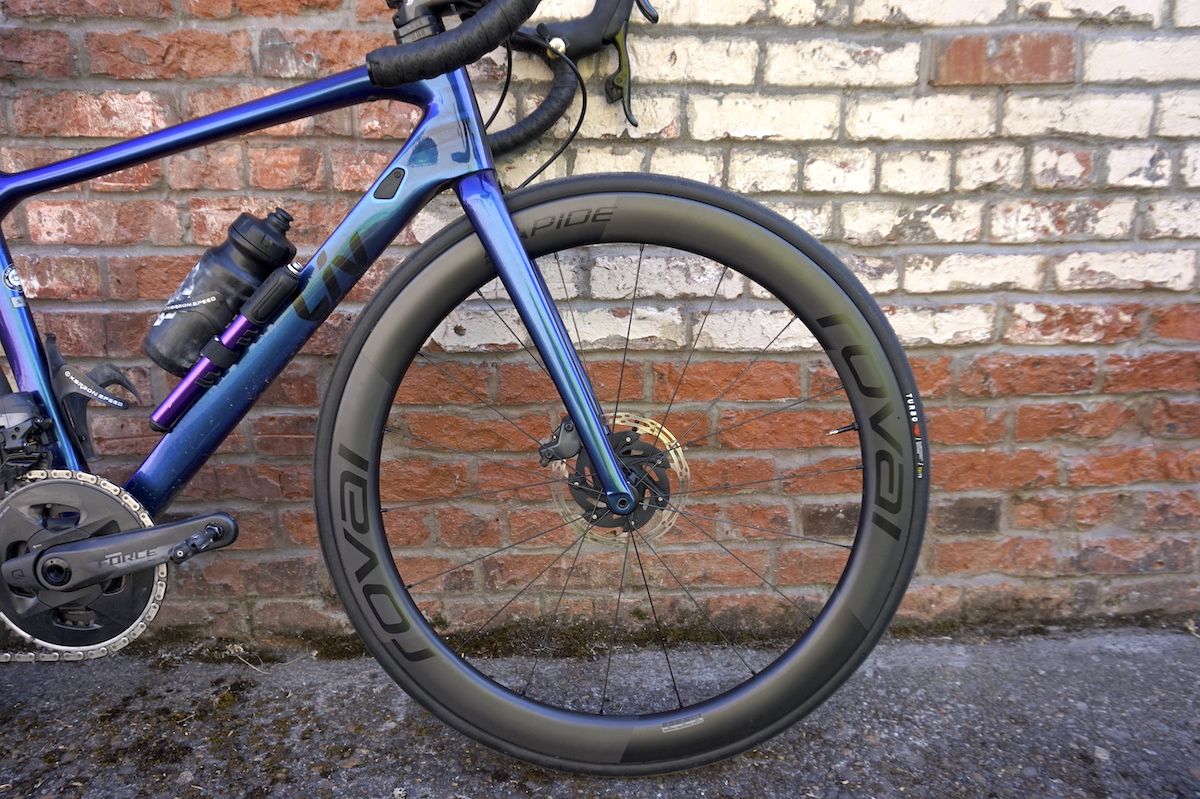
Do I notice the different hub and spokes? Can I detect a 70-gram difference?
Honestly? Not really. Where I am at in my (riding) life, it’s not my wheels that are noticeably carrying the excess weight, if you know what I mean.
Now, if you were to run this wheelset against the featherweight, 1265-gram Roval Alpenist CLX II wheels, then yes, of course you’ll notice the 325-gram difference. But the Rapide is an aero wheel, not a climbing wheel; and the 70 extra grams are easily forgotten in the sheer joy of speed and the thousand-dollar savings.
Most of the weight gain comes from the hub — the CL II uses the DT Swiss 350 hub instead of the Aeroflange hub with DT Swiss’ EXP externals and sinc ceramic bearings.
But with its lightweight construction, proven durability, tool-free maintenance and mid-range cost, the DT Swiss 350 is a beloved workhorse of a hub, and one I’ve ridden many times. No, it doesn’t have the weight-savings or super quick engagement as the EXP, nor do you get the smooth, ceramic bearings. But there’s something to be said for the serviceability and durability of this tried-and-tested, cost-saving, hub.
My first ride on the CL II wheelset was no less enjoyable than my time on the CLX II wheels. The tire setup was easy and the rims, while deeper than my usual go-to road wheels, are excellent. They’re stiff, stable and plain fast.
Despite their depth, the wheels are unfazed by a little bit of wind or rough terrain. Though I do get a tad nervous about the amount of carbon exposed around the front tire. As the industry continues to increase internal rim widths, road tires of 24-28mm no longer cover (balloon over) the edges of the rim. Aesthetically, it looks odd, but mostly I worry about flatting and smacking that rim onto the surface. Though that hasn’t happened yet.
When I rode the flagship Rapide CLX II wheelset back in May, I was impressed. Lightweight, undeniably fast and tubeless-compatible, they were a pure joy to ride, and ticked all the boxes for me. Well, almost. The $2800 / £2500 price tag was a tough one to swallow. This new Roval Rapide CL II wheelset remedies that by slashing the price by more than $1000 while keeping the speed, stability and riding joy alive.







Thank you for reading 10 articles this month* Join now for unlimited access
Enjoy your first month for just £1 / $1 / €1
*Read 5 free articles per month without a subscription

Join now for unlimited access
Try first month for just £1 / $1 / €1

Cycling Weekly's North American Editor, Anne-Marije Rook is old school. She holds a degree in journalism and started out as a newspaper reporter — in print! She can even be seen bringing a pen and notepad to the press conference.
Originally from The Netherlands, she grew up a bike commuter and didn't find bike racing until her early twenties when living in Seattle, Washington. Strengthened by the many miles spent darting around Seattle's hilly streets on a steel single speed, Rook's progression in the sport was a quick one. As she competed at the elite level, her journalism career followed, and soon she became a full-time cycling journalist. She's now been a cycling journalist for 11 years.
-
-
 High-end bikes still in demand, says Giant as it announces 12.5% revenue increase
High-end bikes still in demand, says Giant as it announces 12.5% revenue increaseBut like much of the industry the Taiwanese manufacturer is also experiencing a surplus of low to mid priced stock
By James Shrubsall • Published
-
 Milan-San Remo 2023: Route and start list
Milan-San Remo 2023: Route and start listAll you need to know about the first Monument of the 2023 season
By Ryan Dabbs • Published
-
 Roval Rapide CLX II Review
Roval Rapide CLX II ReviewThe second generation Rapide CLX wheels remain lightweight, and undeniably fast, and now have the added benefits of being tubeless-compatible
By Anne-Marije Rook • Published
-
 Roval goes tubeless with new generation Rapide and Alpinist wheels
Roval goes tubeless with new generation Rapide and Alpinist wheelsRoval launched the second generation Rapide and Alpinist wheelsets, and shares why they waited this long to go tubeless
By Anne-Marije Rook • Published
